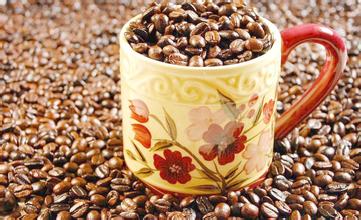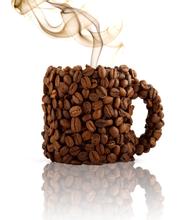Geography and climate of coffee production process in Rwanda
The technician in the processing tank will immediately clean the process, because delay will cause the sugar coating of the coffee beans to ferment, ruining the taste of the coffee. The beans are first dropped into a deep sink, where the best cherries sink to the bottom and pass through a machine that removes their skins. The floating coffee cherries are removed by technicians, processed in the same way and sold by cooperatives at lower prices on the domestic market. The beans pass through three co-op peeling and sorting machines, which remove the outer skin and sugary coating, and then pass the beans individually through vibrating filters. The filter separates the highest quality A beans from those classified as B; the two grades are carried down the hill separately in 1% gradient waterways. The process of transportation further classifies the coffee beans of each quality. About fifteen tanks at the bottom of the channel can catch different kinds of coffee beans. Coffee beans remain in water for two days and 15-20 hours for grade A and B beans respectively, allowing them to ferment slightly and convert residual sugars without seriously damaging the taste.
After washing the beans several times to completely remove the remaining skin and sugary coating, the technician places the beans in a shaded rack to air dry. Co-op employees regularly flip the beans, while technicians continue to search for and pick out poor quality beans. The two-week drying process takes place in the sun (preparing mulch in case of rain) and constantly turning the beans. This step reduces the water content of coffee beans from 40% to 12%.
The technician then transports the beans to a technical center near Cheez. Some machines installed in warehouses on hills remove the horny skin from coffee beans. The coffee beans are sent to a nearby institute for final quality control-manual sorting, performed by several experienced women. After bagging and labeling according to their quality, coffee beans can be stored in warehouses pending marketing
Maraba coffee is grown in southern Rwanda, about 12 km (7 mi) from Butare and 150 km (93 mi) from the capital, Gigali. The project began in the Malaba area of Butare province, but was succeeded by local government organizations in 2006, and the area is now part of the Huye region of Southern province. Due to its proximity to the Great Rift Valley and the Nunwe Forest Mountains, this zone has many slopes, steep terrain and fertile volcanic soil. Coffee is grown at altitudes of 1700 to 2100 meters (5,577 - 6,889 feet), usually on steep hillsides. The zone also has an average annual rainfall of 115 centimetres (45 inches). Most of this comes from the rainy season between March and May, which is also the main coffee harvest season. Temperatures at higher altitudes are slightly lower, averaging about 20°C (68°F), with small seasonal variations

Important Notice :
前街咖啡 FrontStreet Coffee has moved to new addredd:
FrontStreet Coffee Address: 315,Donghua East Road,GuangZhou
Tel:020 38364473
- Prev

Introduction to the taste and flavor of Kenyan coffee
Kenya AA, round beans, thick flesh, good heat permeability, high precision, French baking, rich and sweet taste, mellow thickness, good expansibility, aroma and sweetness are top grade. People in the coffee industry all think that Kenyan coffee is one of its favorite products because Kenyan coffee contains every feeling we want from a good cup of coffee. It has
- Next

Quality of coffee brewing method in Tanzania
The coffee beans are of extraordinary quality and are produced in the Mohi district near Mount Kilimanjaro. The mountain area with a height of 3,000 to 6,000 feet is the most suitable area for growing coffee. Fertile volcanic ash gives the coffee here a strong texture and soft acidity. It exudes delicate aromas and contains aromas of wine and fruit, giving people an aftertaste.
Related
- Does Rose Summer choose Blue, Green or Red? Detailed explanation of Rose Summer Coffee plots and Classification in Panamanian Jade Manor
- What is the difference between the origin, producing area, processing plant, cooperative and manor of coffee beans?
- How fine does the espresso powder fit? how to grind the espresso?
- Sca coffee roasting degree color card coffee roasting degree 8 roasting color values what do you mean?
- The practice of lattes: how to make lattes at home
- Introduction to Indonesian Fine Coffee beans-- Java Coffee producing area of Indonesian Arabica Coffee
- How much will the flavor of light and medium roasted rose summer be expressed? What baking level is rose summer suitable for?
- Introduction to the characteristics of washing, sun-drying or wet-planing coffee commonly used in Mantenin, Indonesia
- Price characteristics of Arabica Coffee Bean Starbucks introduction to Manning Coffee Bean Taste producing area Variety Manor
- What is the authentic Yega flavor? What are the flavor characteristics of the really excellent Yejasuffi coffee beans?

